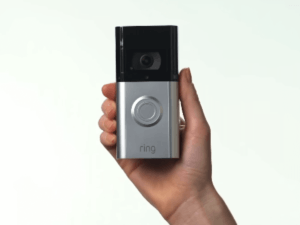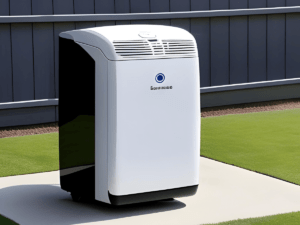Having a properly wired baseboard heater thermostat is essential for both safety and efficiency.
If your current thermostat isn’t working as well as it should, or if you’re installing an additional one, wiring the new thermostat correctly is key to ensuring that it works safely and efficiently.
In this guide, we’ll show you how to wire a baseboard heater thermostat step-by-step so that you can get your heating system up and running in no time at all.
To make sure that the thermostat is accurately reading the temperature of your room, you should install it at least 6 inches away from any surface that could be affected by heat.
Make sure to mount it on an interior wall and keep it free from direct sunlight. Taking these steps can help ensure that your line voltage thermostat is able to regulate the temperature in your room effectively and efficiently.
The tools needed to install the best baseboard heater thermostat include, but are not limited to: a flat-head screwdriver, adjustable pliers, an electrical tester, wire strippers, a drill with the appropriate bit for the wall material, and preferably a voltage detector.
How to Wire a Baseboard Heater Thermostat
Installing a line voltage thermostat for a baseboard heater is an easy task that can be accomplished in just a few simple steps:
- Step 1:
A thermostat without a ground: You will wire-nut the ground wire coming in with the ground wire leaving the box, bypassing the device entirely.
If there is an existing ground for the thermostat, the ground wire must be attached to this screw or wire, check all the ground wires for proper connection and make sure that they are connected tightly.
If the thermostat’s electrical box is metal , you will need to attach a bonding jumper between the thermostat’s green screw and the box using a 6 AWG (American wire gauge) copper wire.
This connection provides grounding for both the box and the device, creating an effective electrical safety system.
- Step 2:
Once you have the thermostat mounted, it’s time to wire-nut one hot wire to bypass the thermostat. Start by shutting off power to the circuit at the main electrical panel.
Then, locate the two incoming hot wires black and red.
The thermostat only receives one hot wire, so you will need to wire-nut one of the incoming hot wires. You should use a red or black wire nut depending on what type of thermostat you have installed.
If your thermostat has black and white wiring, use a black wire nut for this connection. After the connection is made, secure it with electrical tape for added safety.
- Step 3:
To connect the thermostat’s line and load black wire, locate the two screws marked “Line” and “Load” on the back of your thermostat. Take a pair of needle nose pliers or a screwdriver and unscrew them slightly.
Take the black wire coming from your power source and insert it into the hole at the bottom of one of the terminals.
- Step 4:
Insert the three wires (green, white, and red) into the box: Insert the green, white and red wires into the box.
Tighten each wire nut until it is secure with a few twists of your fingers. Don’t forget to add a wire connector on all exposed ends. Make sure to snap them onto the metal parts so they are safely grounded.
- Step 5:
Next by turning the thermostat to the side, you can see where the screws line up with the electrical box. The wires are not properly folded in if you have to force the thermostat to get the screws to touch the box.
Double-check the wiring against the diagram that came with your line voltage thermostat. Make sure all the wires are pushed in firmly and not loose or broken. If everything is correct, then carefully tighten the screws so the box and thermostat feel secure.
- Step 6:
Once the thermostat has been wired to the baseboard heater, you can begin attaching it to the wall.
To do so, use a screwdriver to screw the mounting screws into the back of your thermostat (preferably a manual screw driver for better control) and then secure it into an electrical box that is attached directly to a stud in your wall.
Make sure that the wiring of your baseboard heater thermostat is not pinched or otherwise damaged when you secure the thermostat to the box.








Pingback: 4 Best Baseboard Heater Thermostats 2023 | Meta Domotics